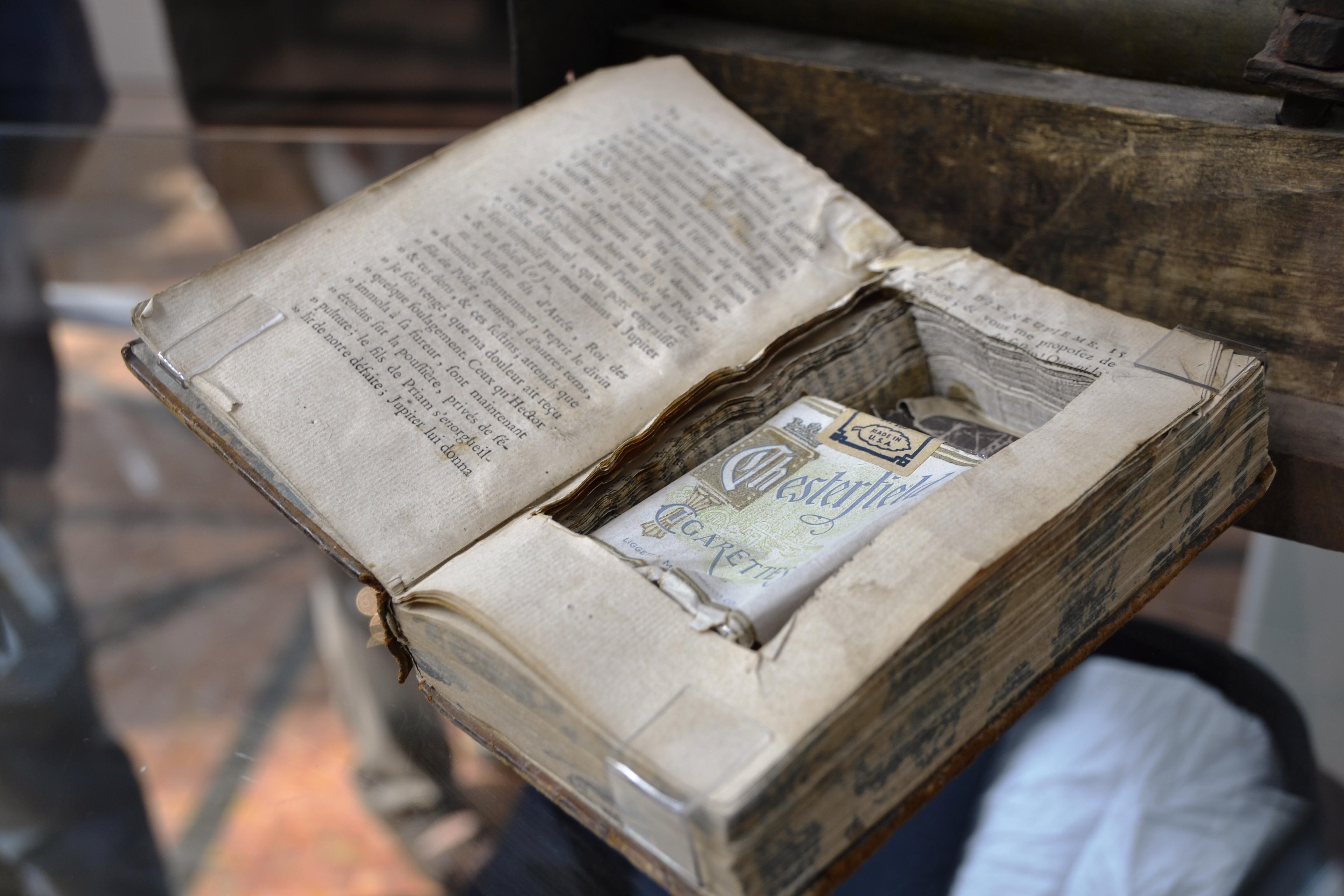Santa Muerte will not save us: improving our understanding of Mexican organised crime
Posted By Rolando Ochoa on September 13, 2017 @ 12:30

John Coyne’s recent ASPI report, Santa Muerte, are the Mexican cartels really coming? [1], is a welcome and timely addition to what is a growing area of interest for Australia’s security. Its main thrust is that there isn’t enough clarity in the current analysis of Mexican organised crime (MOC). In Coyne’s view, that leads to poor policymaking, which can have a negative impact on Australia’s security and the wider Asia–Pacific region.
I couldn’t agree more. Australian security agencies will require a much more nuanced understanding if they’re going to effectively tackle the future challenges of MOC. The report makes some valuable policy recommendations—such as whole-of-government strategies, which could include public health approaches—and underscores the need to enhance international cooperation, especially in the Asia–Pacific region. However, it’s puzzling that there’s no recommendation that involves cooperation and linkages with Mexican authorities. For example, US and Mexican security forces have a long history of cooperation; Australian policymakers should seek a similar, productive long-term partnership with Mexico. That could include intelligence-sharing, research and policy linkages, consistent with recent joint responsibility [2] discourses. It might also include multilateral partnerships with countries in the Asia–Pacific region.
Law enforcement is an important part of the response to drug trafficking, and the report makes that clear in its recommendations. But the enforcement focus can be effectively complemented by recognising ongoing policy discussions on harm reduction and prevention, the current debates taking place in Latin America [3] and, indeed, the US about decriminalisation [4], the failure of the war on drugs [5], and other policy mechanisms that go beyond standard repressive responses.
Coyne offers part of the cartel narrative, which is important information in the design of potential bilateral policy instruments that tackle MOC. This includes issues such as the effect of US policy on the drug trade. While a report such as this may not have the space to do so, it’s important to understand the key instances that have determined the situation on the ground today. It’s vital to generate information on the number, location and scope of Mexican cartels, their dynamics, and/or their recent history in the Asia–Pacific region. The report doesn’t mention the war on drugs that’s been taking place in Mexico since 2006. Besides triggering a major security crisis in that country, the war has driven drug-trafficking cartels to look for other profitable markets, such as Australia. This has clear policy implications—for example, for bilateral trade relations between Australia and Mexico, Australia’s largest merchandise trading [6] partner in the Latin American region.
The report pinpoints some areas that are very important for future focus. It refers to the complex set of practices and idiosyncratic cultural productions of drug trafficking, such as the adoption of Santa Muerte as a religious patron, and makes references to ‘barbaric violence’—such as the face-sewn-onto-a-football vignette—and other myth-making processes. The literature on violence and the drug culture in Mexico is burgeoning. The cultural production, iconography and performativity of drug trafficking are well-researched topics [7]. It’s vital, therefore, that future policymaking efforts don’t fall to the temptation of trivialising those cultural productions, but seek a deep understanding of how drug trafficking has affected the lives of those who live in its vicinity.
In order to understand MOC, policymakers require frames of reference providing a solid depiction of the structure and genesis of cartels, gangs and so on. The report has a section on street gangs, but the analysis focuses on US-based Hispanic gangs, not Mexican (as in Mexico-based) street gangs. That may generate some confusion, since Hispanic gangs have a very different history, as Coyne rightly points out, from actual Mexican gangs [8]. This is tied to immigration, diaspora dynamics and political-economic factors. Coyne also places US-based Mexican and Central American gangs in the same analytical category. They shouldn’t be, as a number of studies (for example, here [9] and here [10]) show. Moreover, the report focuses on the genesis of MS-13, which has marginal relations with the history, structure and operations of Mexican street gangs. MS-13 is a Central American gang with deep roots in the US, and even the Central American label is contested [9]. Mexican cartels don’t engage with it consistently (MS-13 distributes their drugs at times), and there’s no strong evidence that it poses a significant threat beyond its communities [9]. That points us to a key issue: the need to acknowledge and strive to understand the complexity and fundamental diversity that Latin American organised crime has, which will allow us to understand its capacities and, importantly, its limitations.
I agree with Coyne that MOC is a threat to Australia. His report makes an important contribution to raising awareness of this issue and underscores the fact that we require a deeper understanding of the phenomenon, as well as pointing to potential areas of future focus. Policymakers in Australia would be well advised to follow up on this.
Article printed from The Strategist: https://aspistrategist.ru
URL to article: /santa-muerte-will-not-save-us-improving-understanding-mexican-organised-crime/
URLs in this post:
[1] Santa Muerte, are the Mexican cartels really coming?: https://www.aspistrategist.ru/publications/santa-muerte,-are-the-mexican-cartels-really-coming
[2] joint responsibility: https://www.cfr.org/content/publications/attachments/Mexico_CSR60.pdf
[3] Latin America: http://ppd.cide.edu/drug-policy-in-mexico
[4] decriminalisation: http://www.globalcommissionondrugs.org/reports/advancing-drug-policy-reform/
[5] failure of the war on drugs: https://www.globalcommissionondrugs.org/reports/war-on-drugs/
[6] largest merchandise trading: http://dfat.gov.au/geo/mexico/Pages/mexico-country-brief.aspx
[7] well-researched topics: http://www.ucpress.edu/book.php?isbn=9780520276789
[8] Mexican gangs: http://www.tandfonline.com/doi/abs/10.1080/17440572.2011.632499
[9] here: https://muse.jhu.edu/article/372971/summary
[10] here: http://eprints.lse.ac.uk/57804/
Click here to print.